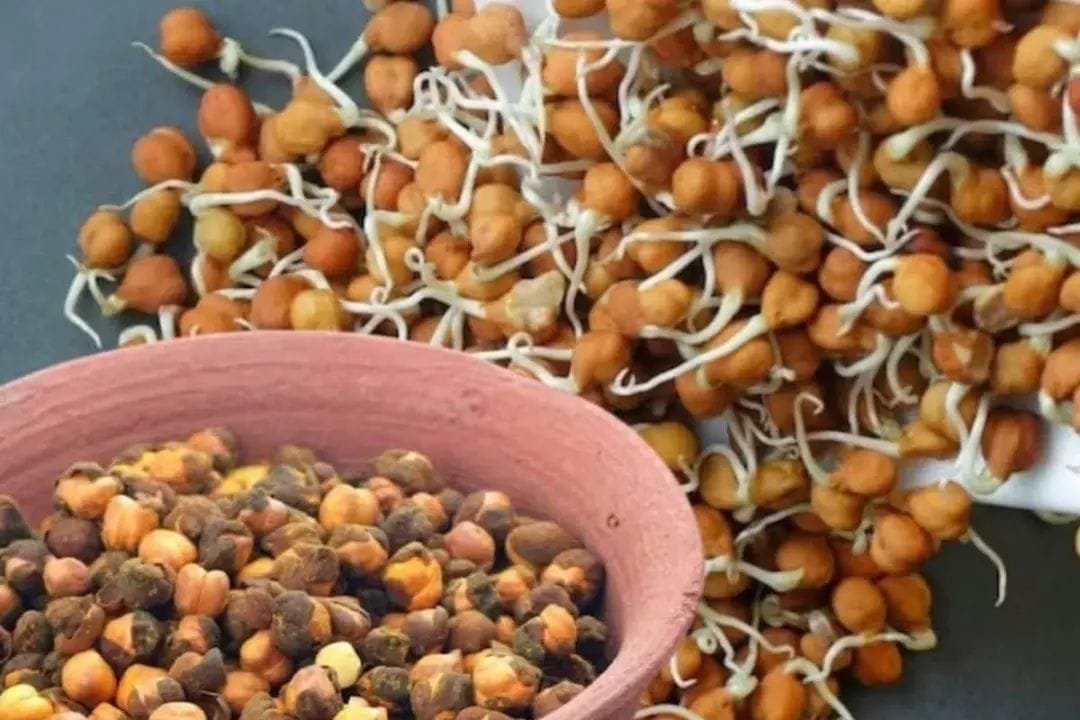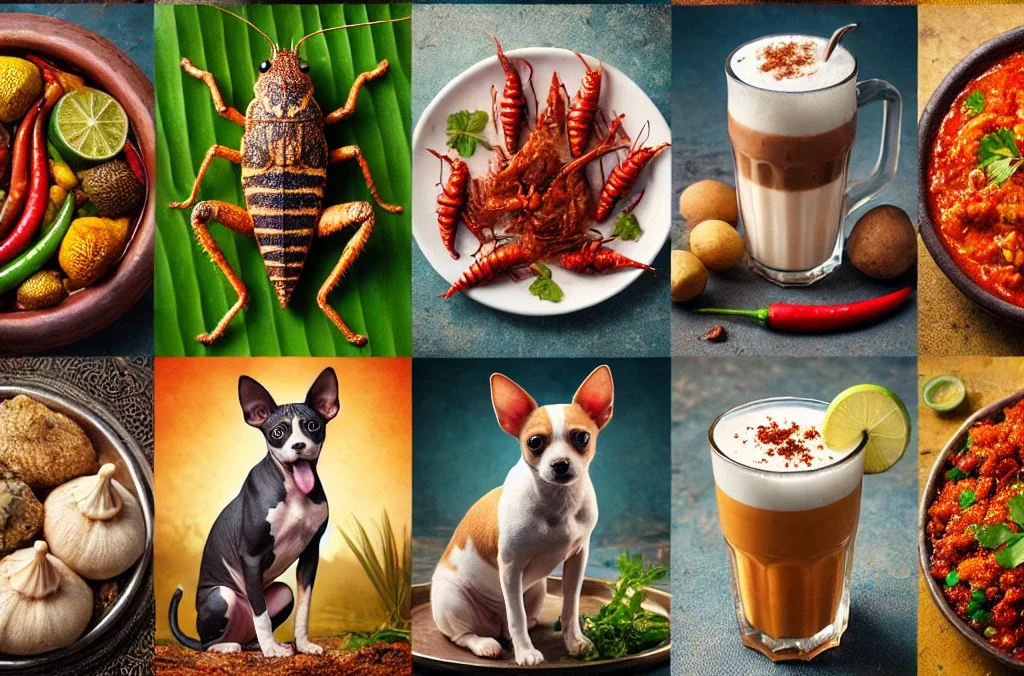Indian-Chinese cuisine, popularly known as Indo-Chinese, is a unique blend of Indian and Chinese flavors. However, authentic Chinese food also enjoys a significant presence in India, especially in cities with thriving food cultures. Here are the top 10 authentic Chinese dishes you can try in India:
- Peking Duck
A classic dish from Beijing, Peking Duck features crispy duck skin served with thin pancakes, scallions, and hoisin sauce. This dish is available in high-end Chinese restaurants in India, maintaining its authenticity with imported spices and preparation techniques.
- Mapo Tofu
Originating from Sichuan province, Mapo Tofu is a spicy and savory tofu dish cooked in a hot bean paste sauce with minced pork or chicken. Its strong flavors resonate with Indian spice lovers.
- Xiao Long Bao (Soup Dumplings)
These delicate dumplings, filled with minced pork or chicken and savory broth, are steamed and served with vinegar and ginger. Authentic versions are available in specialized Chinese eateries in India.
- Kung Pao Chicken
A Sichuan classic, this stir-fried chicken dish combines peanuts, dried chilies, and a tangy sauce. The authentic version is less sweet than the Indian-Chinese adaptation.
- Hot and Sour Soup
A popular Chinese soup that blends the sourness of vinegar with the heat of white pepper. Authentic Chinese versions in India often include ingredients like tofu, mushrooms, and bamboo shoots.
- Dim Sum
Dim sum refers to bite-sized portions of dumplings or rolls served in bamboo baskets. Authentic Chinese dim sum options include shrimp dumplings (har gow) and pork buns (char siu bao).
- Chow Mein
While Indian-Chinese chow mein is heavily spiced, the authentic Chinese version emphasizes stir-fried noodles with minimal sauce and fresh vegetables or meat.
- Sichuan Chili Chicken
Known for its numbing heat from Sichuan peppercorns, this dish combines bold flavors with tender chicken, reflecting the spicy side of Chinese cuisine.
- Cantonese Sweet and Sour Pork
A traditional Cantonese dish made with crispy pork pieces coated in a tangy sweet-and-sour sauce. The balance of flavors in the authentic version is milder than its Indianized counterpart.
- Wontons in Chili Oil
These dumplings, filled with meat or vegetables, are served in a spicy chili oil sauce, making them a favorite among spice enthusiasts.
The History of Indo-Chinese Cuisine
Origins of Indo-Chinese Cuisine
The roots of Indo-Chinese cuisine can be traced back to the 19th century, when Chinese immigrants, primarily from the Hakka community, settled in Kolkata. Chinatown in Kolkata (Tangra) became the birthplace of this fusion cuisine. Initially catering to the local Chinese population, the cuisine soon found favor with Indians who enjoyed its bold flavors.
Hakka Influence
The Hakka Chinese community introduced cooking techniques like stir-frying, steaming, and deep-frying. They also brought ingredients like soy sauce, vinegar, and sesame oil, which were unfamiliar to Indian kitchens at the time.
To cater to Indian tastes, the Hakka chefs began experimenting by adding Indian spices, green chilies, garlic, and onions to traditional Chinese dishes. This marked the beginning of the fusion that is now celebrated as Indo-Chinese cuisine.
Spread Across India
Indo-Chinese cuisine gained popularity outside Kolkata during the mid-20th century. With the migration of Chinese families to other cities like Mumbai, Delhi, and Chennai, restaurants serving Hakka-style Chinese food emerged.
Street food vendors also embraced the cuisine, offering dishes like chow mein and Manchurian, which became staples. Over time, Indo-Chinese became a beloved comfort food for many Indians.
Signature Indo-Chinese Dishes
- Chicken Manchurian: Invented in Mumbai by Nelson Wang, this dish combines fried chicken with a thick, tangy sauce made with soy sauce, ginger, garlic, and green chilies.
- Gobi Manchurian: A vegetarian counterpart of chicken Manchurian, featuring deep-fried cauliflower florets in a similar sauce.
- Chili Paneer: An Indian adaptation of Sichuan stir-frying techniques, made with paneer (Indian cottage cheese) and a spicy chili-garlic sauce.
- Hakka Noodles: A dish inspired by Hakka-style noodles but spiced up with Indian masalas.
- Fried Rice: Indian-style fried rice incorporates a variety of vegetables, soy sauce, and spices, making it more flavorful than its Chinese counterpart.
Cultural Exchange and Adaptation
Indo-Chinese cuisine represents the symbiotic cultural exchange between Chinese immigrants and Indian locals. While Chinese immigrants adopted Indian ingredients and spices, Indians embraced Chinese cooking techniques and flavors.
Modern Evolution
In contemporary India, Indo-Chinese cuisine has further diversified. It is a ubiquitous presence in fine-dining restaurants, food courts, and roadside stalls. Additionally, Indian-Chinese fusion dishes have made their way into global culinary circles, with restaurants in the UK, USA, and Middle East offering variations of these dishes.
Significance of Indo-Chinese Cuisine
- Culinary Identity: Indo-Chinese cuisine is a testament to India’s openness to global influences while maintaining its culinary identity.
- Cultural Unifier: It bridges cultural gaps, making Chinese cuisine more accessible to Indians.
- Economic Contribution: The cuisine has created a thriving food industry in India, from street vendors to luxury hotels.
Conclusion
While authentic Chinese food holds a distinct place in India’s culinary landscape, Indo-Chinese cuisine embodies the cultural amalgamation that defines India. From the bustling streets of Kolkata to upscale restaurants in metropolitan cities, the story of Indo-Chinese cuisine is one of innovation, adaptation, and celebration of diversity.
This fusion cuisine continues to evolve, symbolizing the ever-changing yet interconnected world of food and culture.












